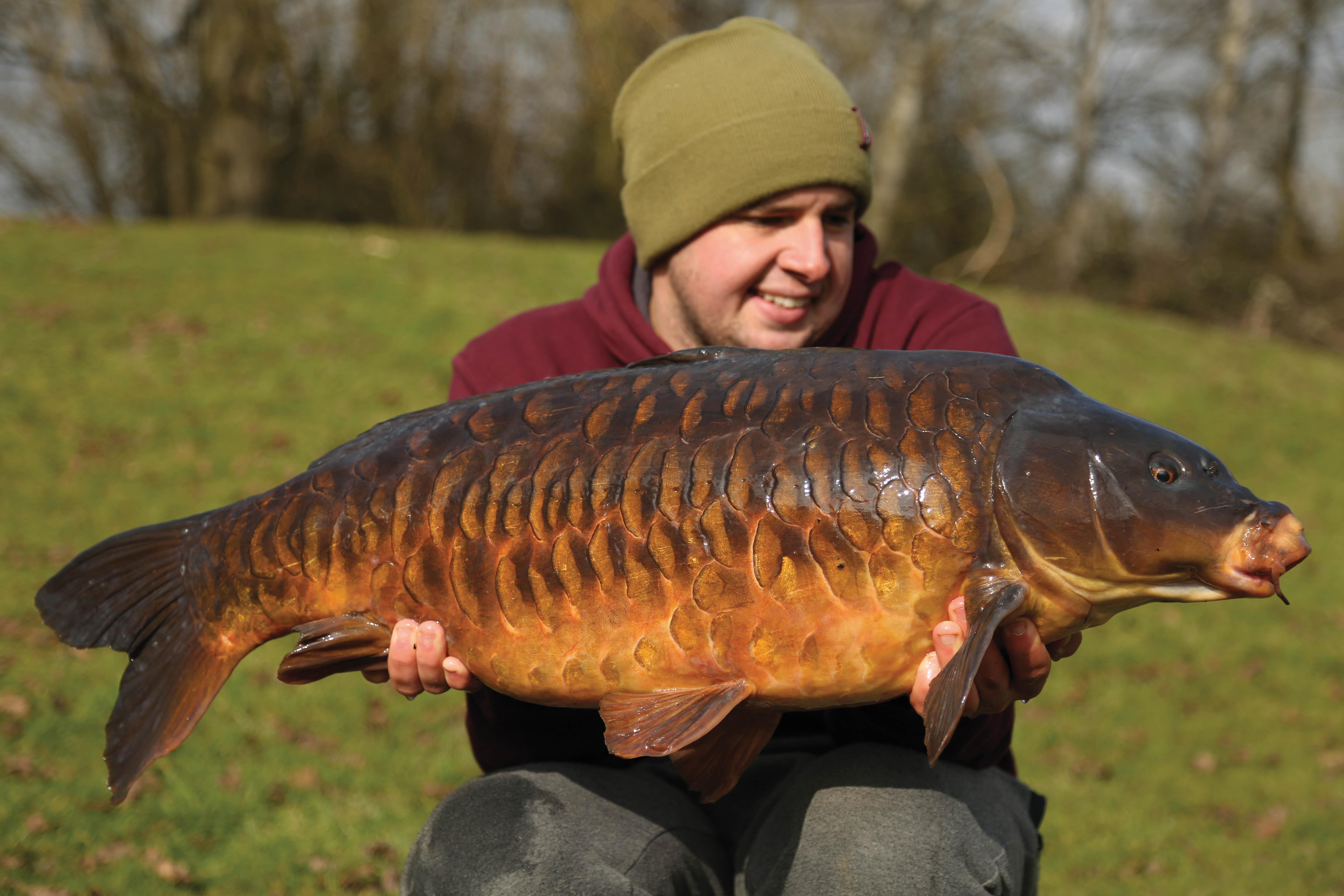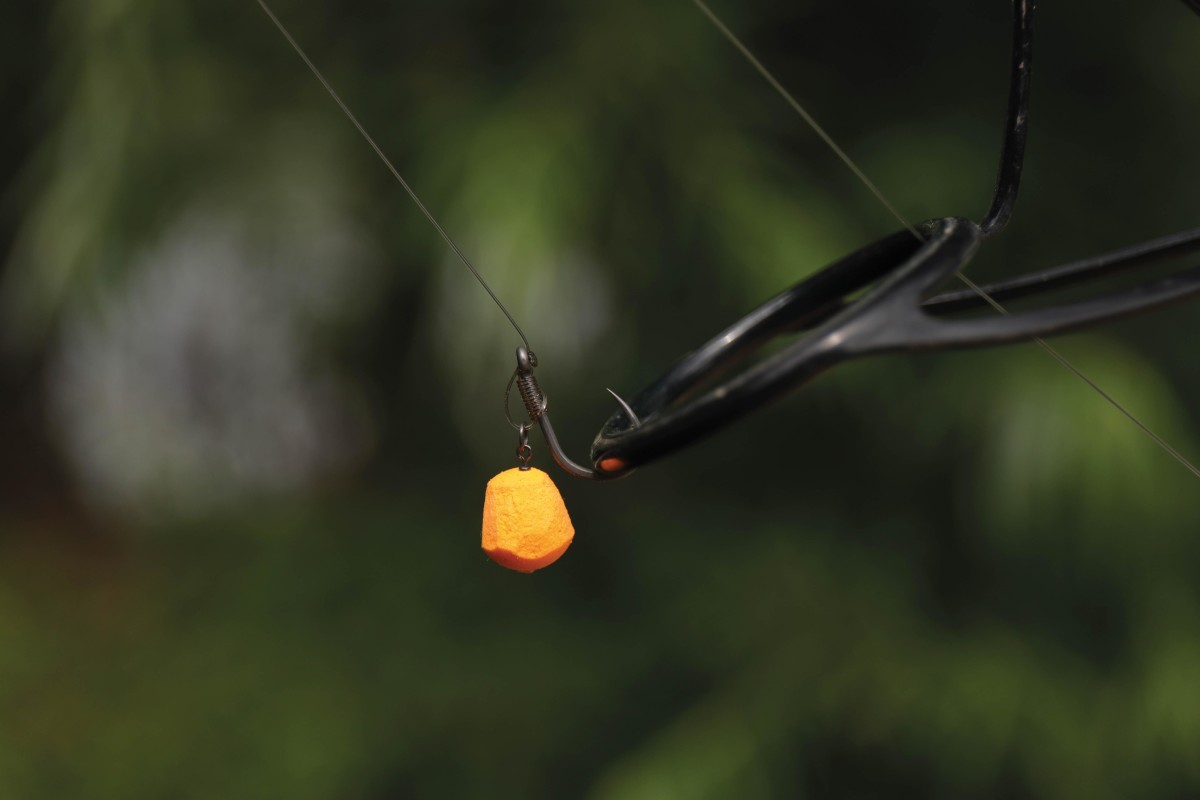
Rigs In The Eyes Of Tom Maker
Over the years, rigs have evolved, changed and been tweaked, but Tom Maker’s haven’t, as such. His catch rate hasn’t just been maintained, it has noticeably improved. He has a lot to say on the subject, and he believes we might be missing the bigger picture…
In life, time changes so many things, and that’s especially true in carp fishing. New technology is developed, and trends gather pace as products are brought quickly and easily to the consumer through marketing and media. It’s little wonder that the average carp angler, whilst looking to improve their catch rate, can be influenced by top anglers who are ‘hauling’ on a regular basis, and showing how it’s done.
Consider The Fundamentals…
As anglers, I believe we can easily fall into the trap of blaming our rigs or our bait, before we consider the fundamentals of where we put them, and what we are doing. Rig mechanics is a relatively basic factor to take into account, and hook patterns are designed to be used with specific presentations. Some may require shrink tube, whilst others may already have an aggressive, curved shank, and so don’t require this addition. Each pattern will have a recommended use.
Now, you may well read this and consider me a hypocrite as I talk about rigs and why they work for me. Whilst this might well sound a little weird, I’ll air my reasoning and I’m sure you’ll then have a perspective of where I’m attacking the subject topic from.
In a world of influences, it’s very easy to jump on the bandwagon and use a popular rig because of other anglers’ results. Take the Ronnie/Spinner Rig, from recent years. It’s arguably the most popular rig in the world of carp fishing right now. Many of the terminal-tackle items it utilises have been tweaked and designed to suit, such as the swivels, but it’s relatively easy to construct and requires little or no knot tying, which is probably one of the things anglers struggle with most.
Long before the Ronnie was brought to the fore by whoever—it may have been Steve Cliff at Elstow, as that’s where I first came across it, but don’t quote me—I, along with many others, used an almost identical rig called the 360. The youth of today may not have even seen it, but in essence, it was the same as the Ronnie. The hook was threaded through the eye of a swivel and moved freely. It would rotate from multiple angles, but over the years, and after the details of a handful of cases passed via word of mouth, it gained a reputation of being a rig that could damage a carp’s mouth, especially once the fish was in the net.
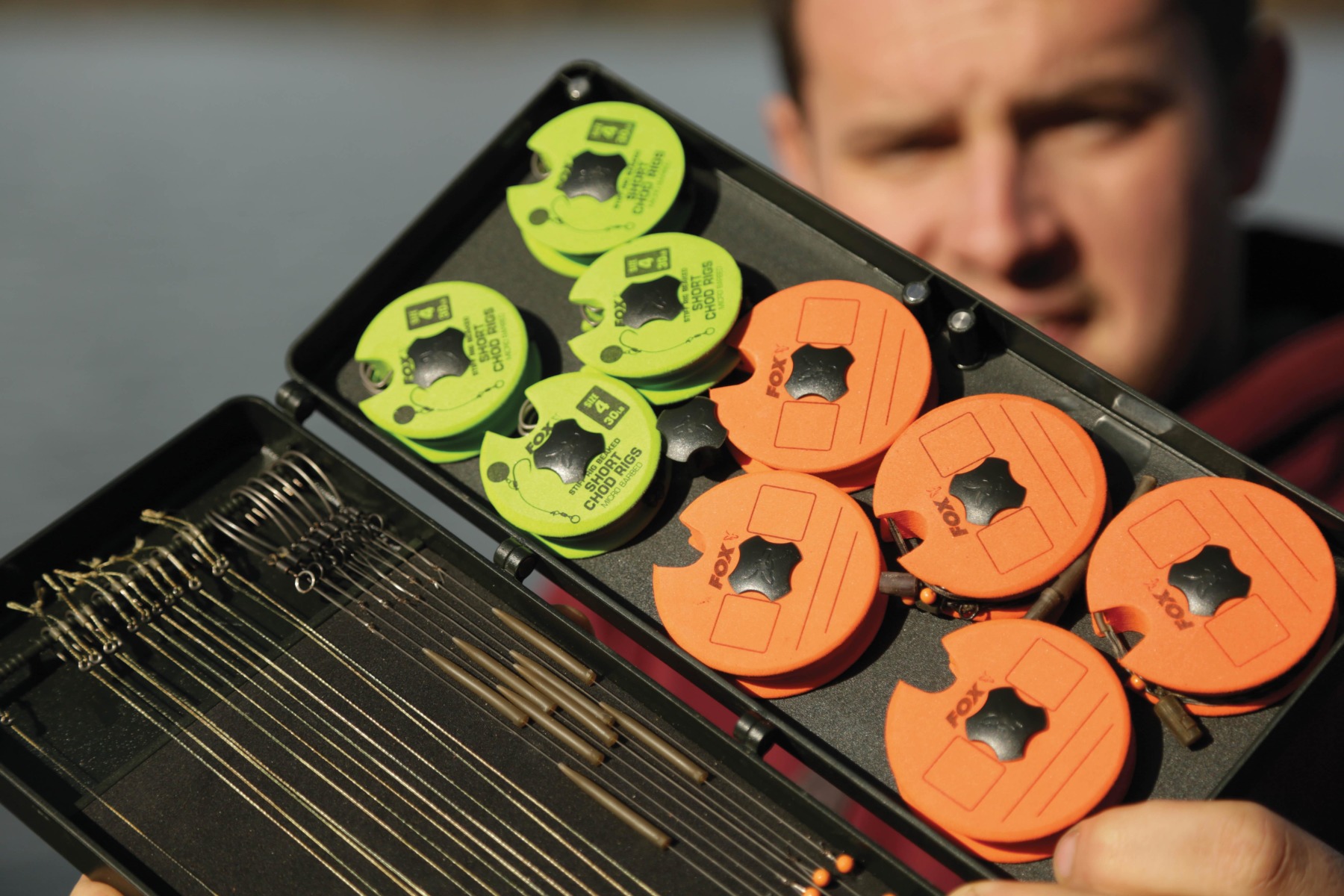
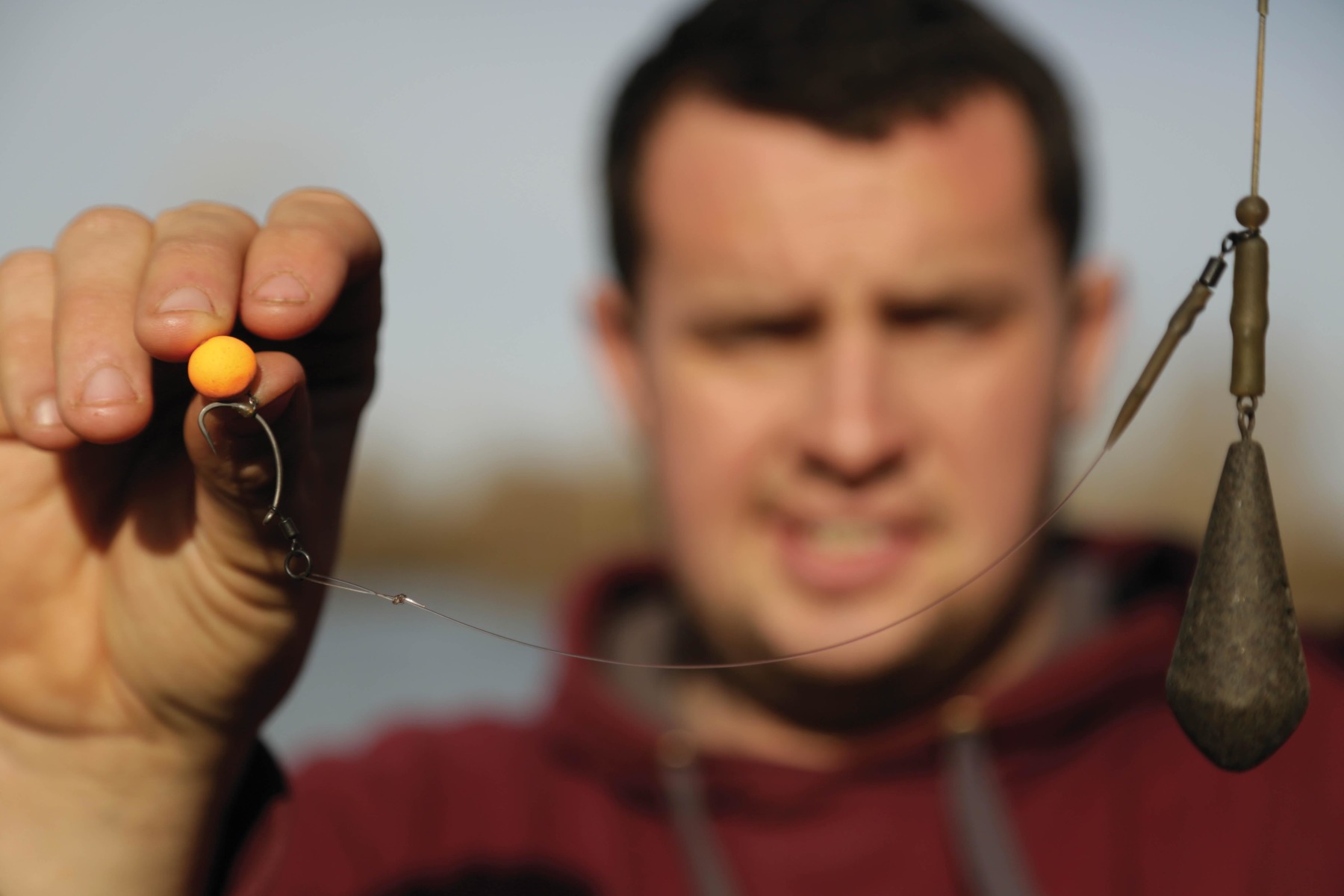
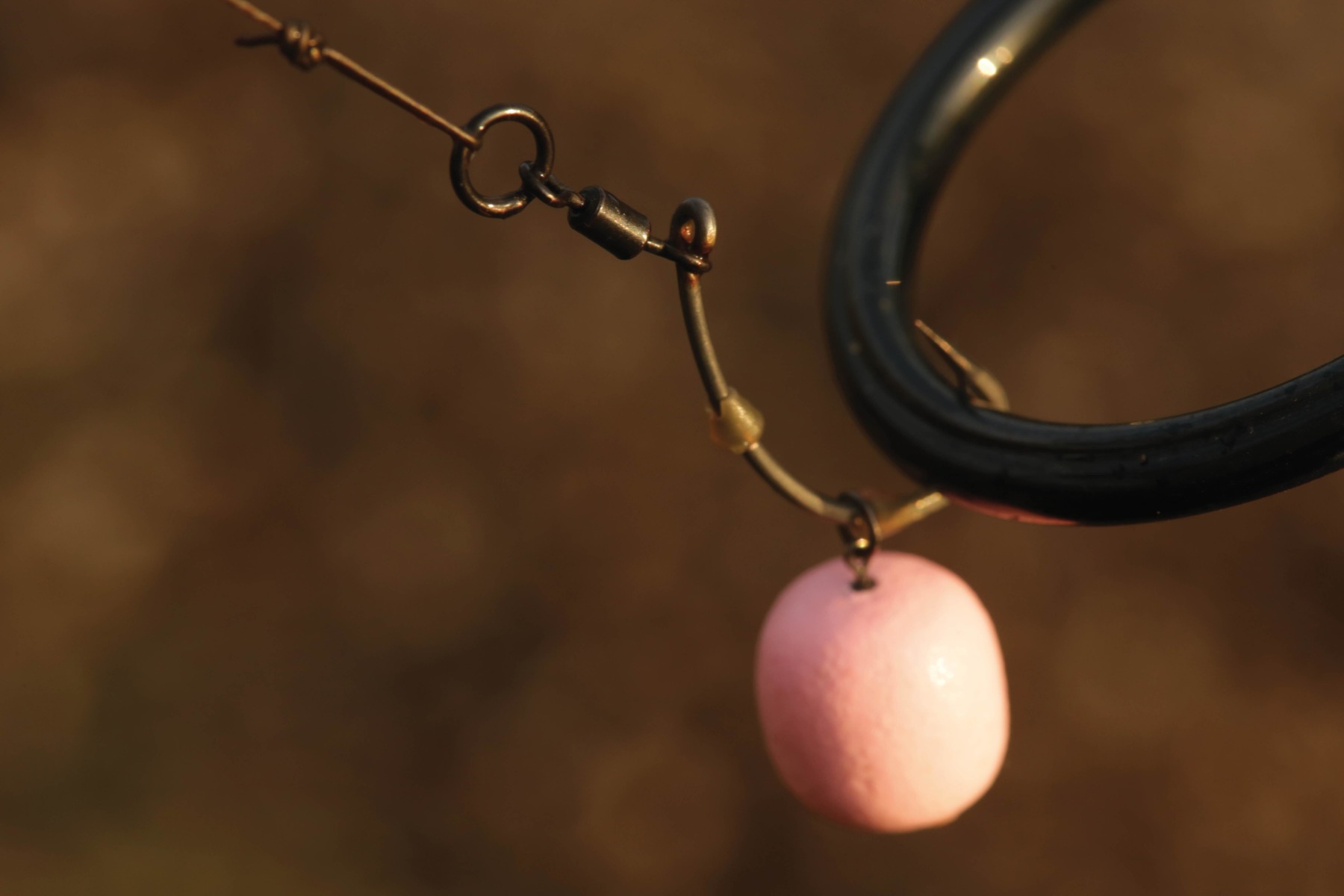
I feel this is a harsh overview, as the damage is caused by user error, i.e. the rolling up of the net with the rig still in the carp’s mouth, the eye of the hook then becoming caught in the mesh as a result. Like all things, if misused, a carp rig will easily acquire a label. Take braid, for instance. Its use has also been tarnished, and many lake owners now ban the product, which personally, I don’t agree with. Unfortunately, however, in the angling world it takes only a few numpties to abuse a certain product—like braid—before people start to look for a solution to the problem. The issue, though, is not with the product; it rests with the angler using it, who more than likely doesn’t know how to do so correctly, despite the numerous videos available to view online, and the information companies will provide these days.
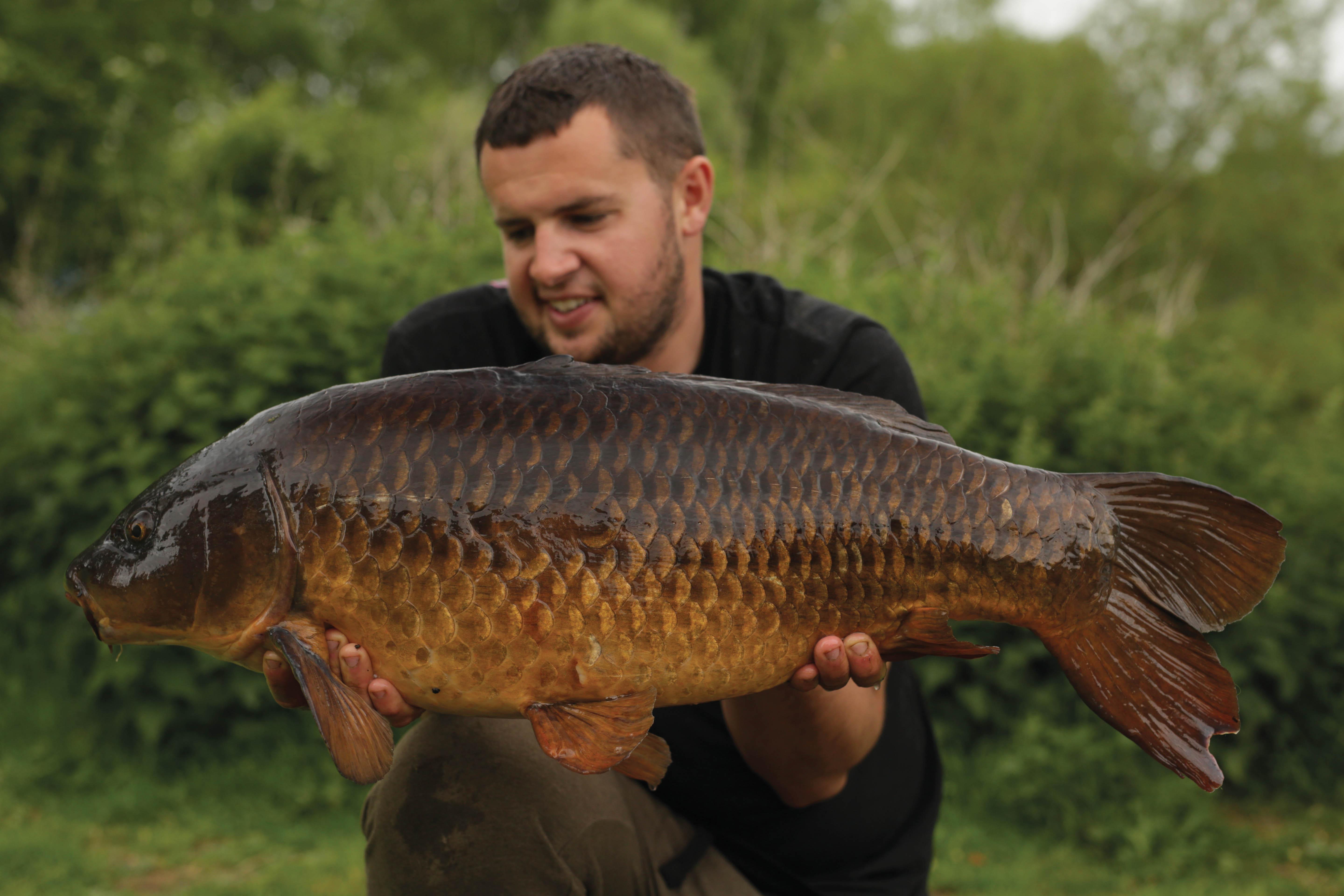
The Factors
In terms of rigs, then, what are the factors that sway your decisions regarding what you tie and what you purchase? First, and most importantly, you should consider the venue. The venue will dictate what distance you’ll be fishing at. Its water clarity and the substrate (lakebed) will also influence your decision regarding presentation. If you’re fishing at a distance in excess of 110yds, ideally you need to consider using a rig that has a relatively stiff hooklink, to prevent or reduce tangles during the cast, and so that it can reset if it’s picked up out in the lake. This was why I first started using the 360 with a stiff boom when fishing at range on Mercers Park. The carp would sit out at considerable distance, and I knew that I couldn’t risk using anything that might potentially tangle. If I’d used a fluorocarbon hooklink in that scenario, I could quite easily have encountered problems if I’d not cast it nigh on perfectly every time.
One thing I’ll also mention is that with that boom, I’ve had phenomenal success with the Ronnie Rig and a pop-up, even on occasions when the spot doesn’t require one. If I can present a bait on a spot without hindering my presentation on a spot—be it a wafter, or a bottom bait—I will do so. You use a rig that’s most appropriate for what’s in front of you, not one that merely suits your preference.
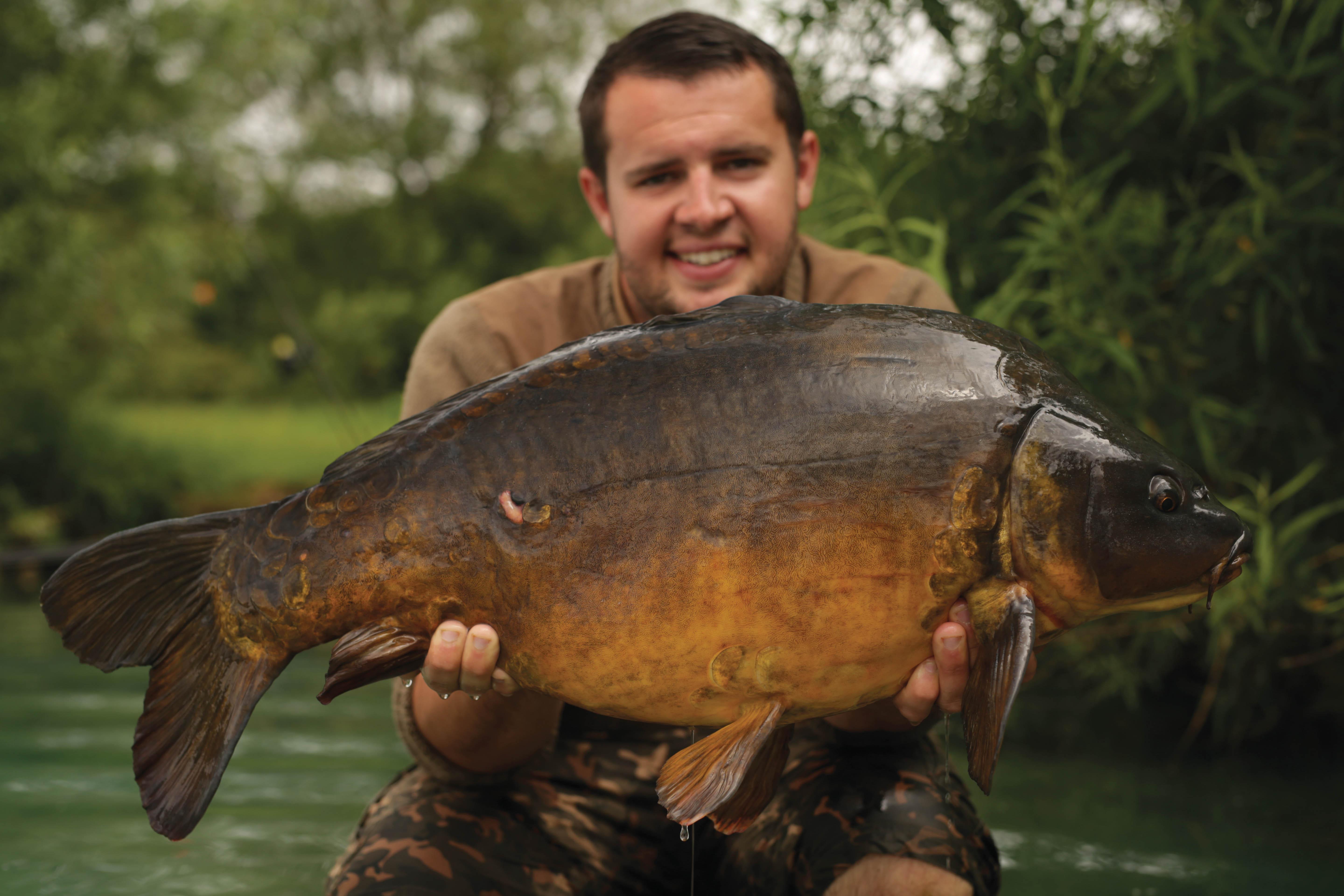
This moves me on nicely to the rig that has been in my tackle box a good few years now: the D-Rig.
The D-Rig
There’s a bit of a back-story in respect of why I started using this rig, and it comes from when I first visited RH Fisheries back in 2019. I turned up with my usual rigs—semi-stiff hooklinks and basic Knotless-Knot wafter rigs with a little bit of silicone tubing on the shank—and almost instantly, had the mickey taken out of me by the bailiffs. They said my rigs were too blatant, and remarked on my hooklinks especially. They advised that I should seriously consider using fluorocarbon, as the carp would easily suss out my presentations. I wouldn’t usually let stuff like that get to me, but even taking into account all the carp I’d caught over the years on my go-to rigs, it did, and I changed.
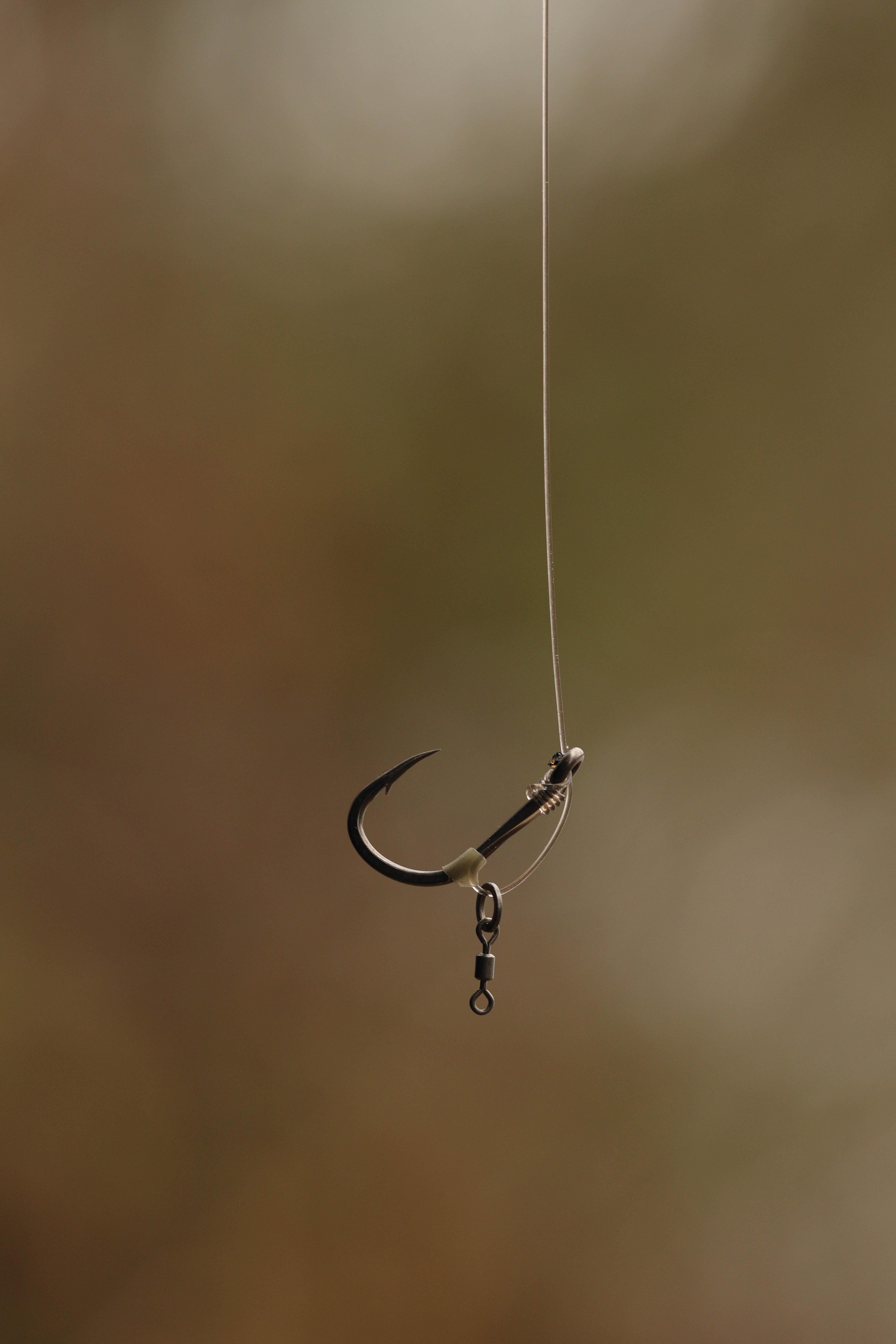
From that point on, I never looked back, and I used the new set-up almost everywhere I went. For me, with my style of angling, rigs have to be reasonably simple, so I can be prepared, and can tie them quickly if it kicks off. The last thing you want to be doing when you’re on carp, is wasting your time tying complicated rigs when you really need to be capitalising on the opportunity in front of you.
For me, the D-Rig is the very best, inconspicuous wafter presentation, and it can be used with a variety of hookbaits. When the going gets tough, such as in winter, I’ll use it with a sliver of foam and floss maggots on top of it, or a trimmed down 12mm pop-up with maggots. You’ll see from the shot taken from above, that under the water, it appears really inviting to a passing carp!
I recently wrote a piece for Gaz Fareham and detailed my views on certain topics, and rigs came into question. I’m almost repeating myself, but will try to drill down here as to why I believe the tiny tweaks many people make aren’t the difference between them catching and blanking. You have to understand that you need to have only the basic rig mechanics right to catch carp. Moving some silicone a couple of millimetres, or tying your rig half an inch longer isn’t going to be the difference between the carp taking your bait or refusing it. What will make a difference is simply whether or not the carp wants it! Any basic rig can catch a carp, we all know that, so don’t get bogged down with super-complicated mechanics that merely give you an excuse when you blank.
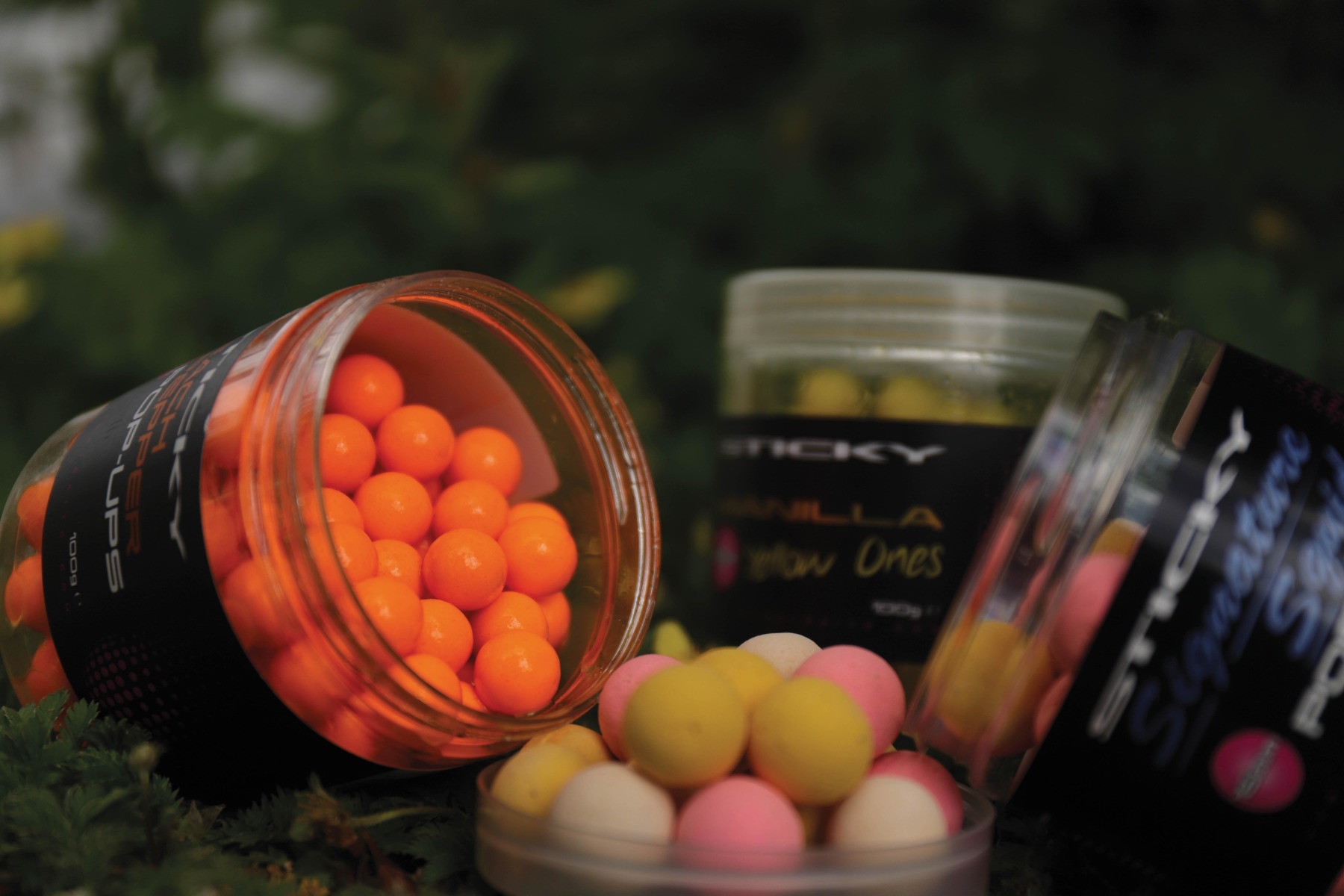
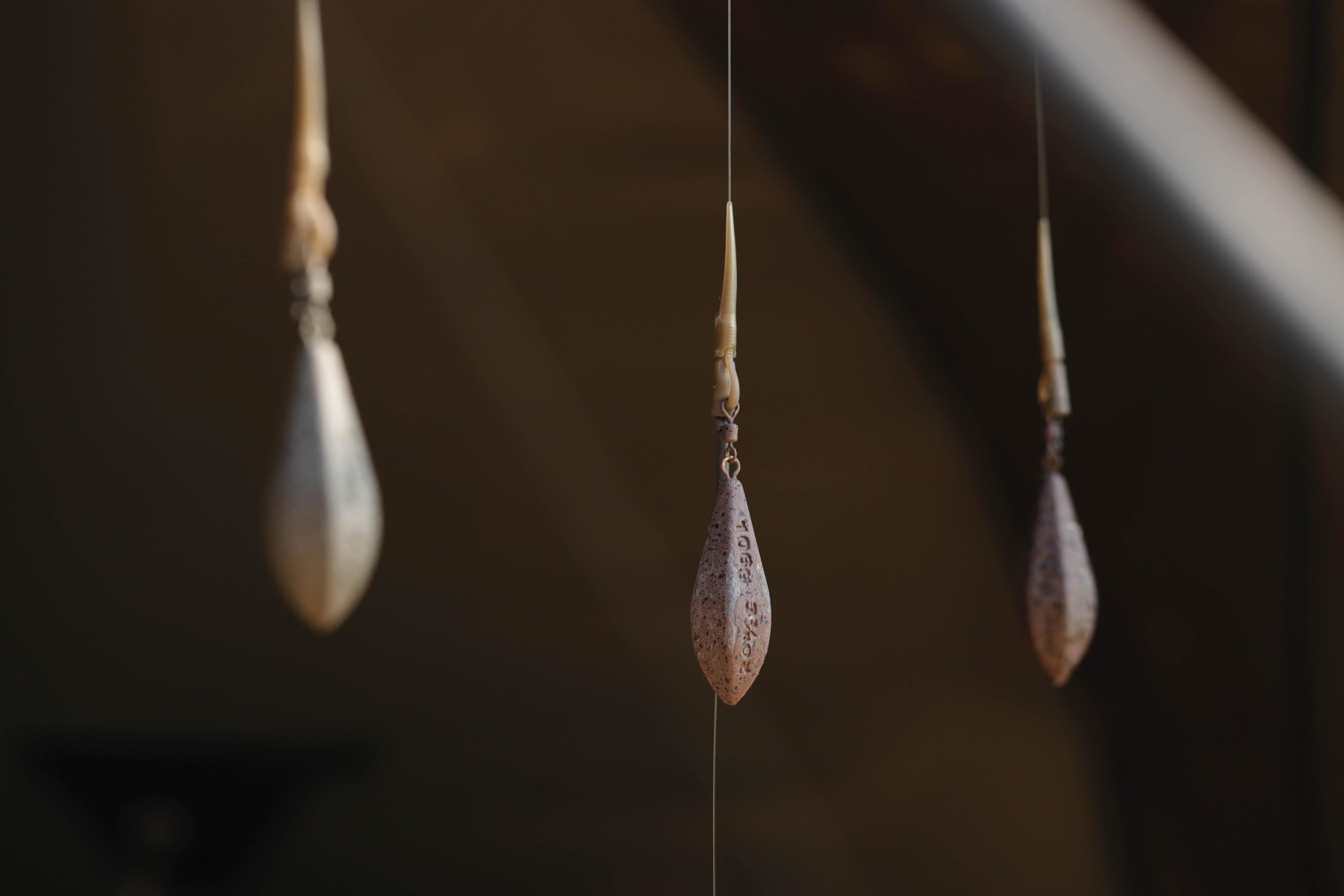
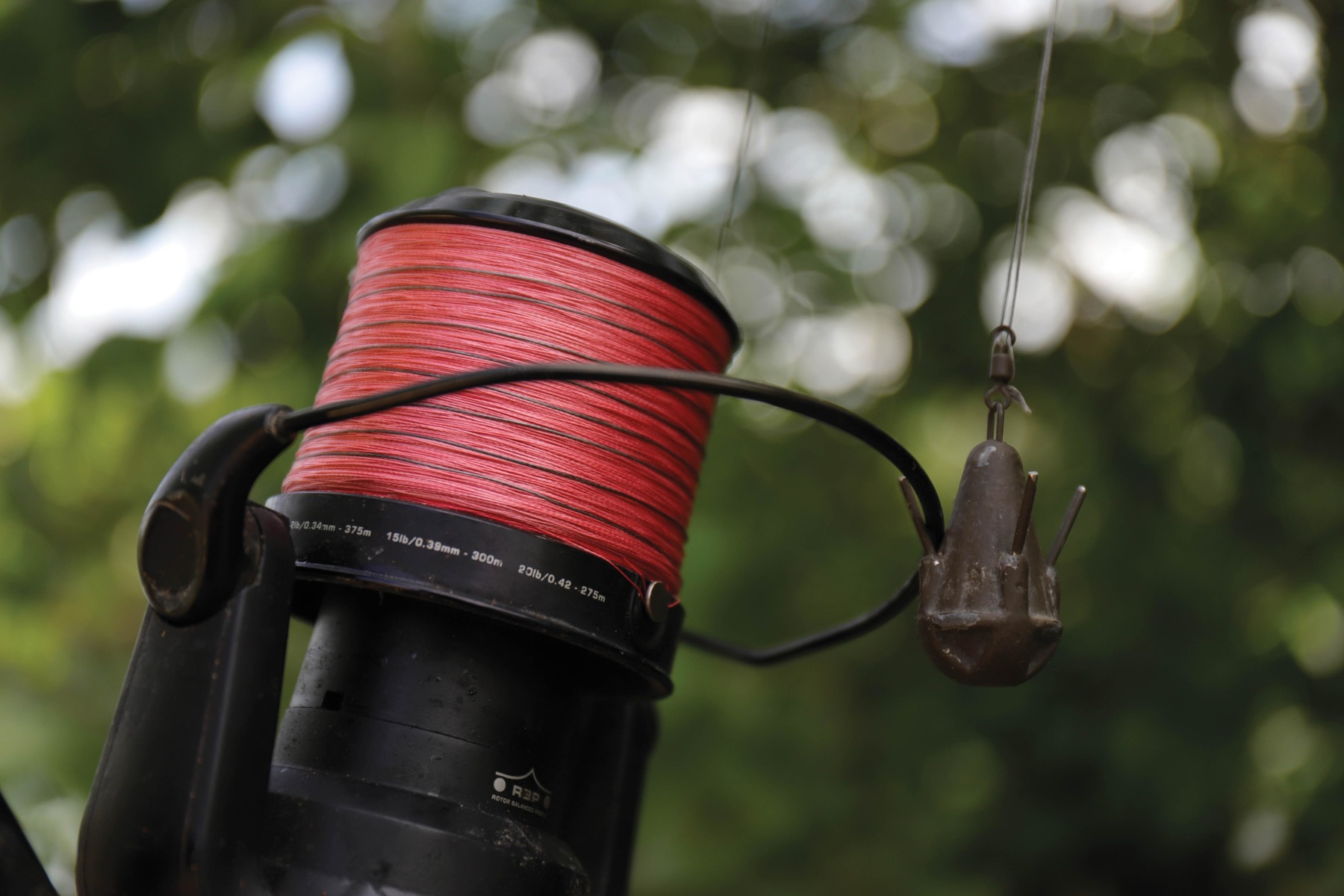
Confidence is the key, along with a basic understanding of how a rig works. I’m not saying that I’ll use the D-Rig for all eternity. That would be a lie, and only recently I came across a slight adaptation that incorporated the addition of some silicone on the hook shank. This actually allows for more movement in the hookbait on the ‘D’ section. It certainly won’t do any harm to the rig and I very rarely lose fish to hook-pulls anyway, so it won’t stop me from giving it a whirl to see how it fares against the ol’ faithful.
